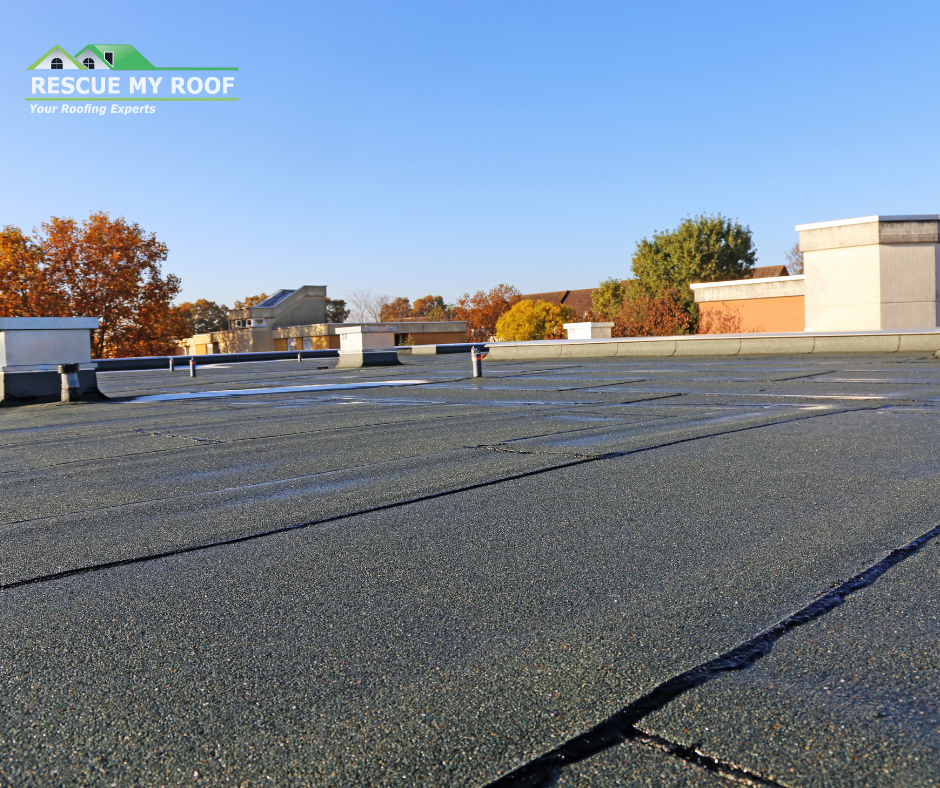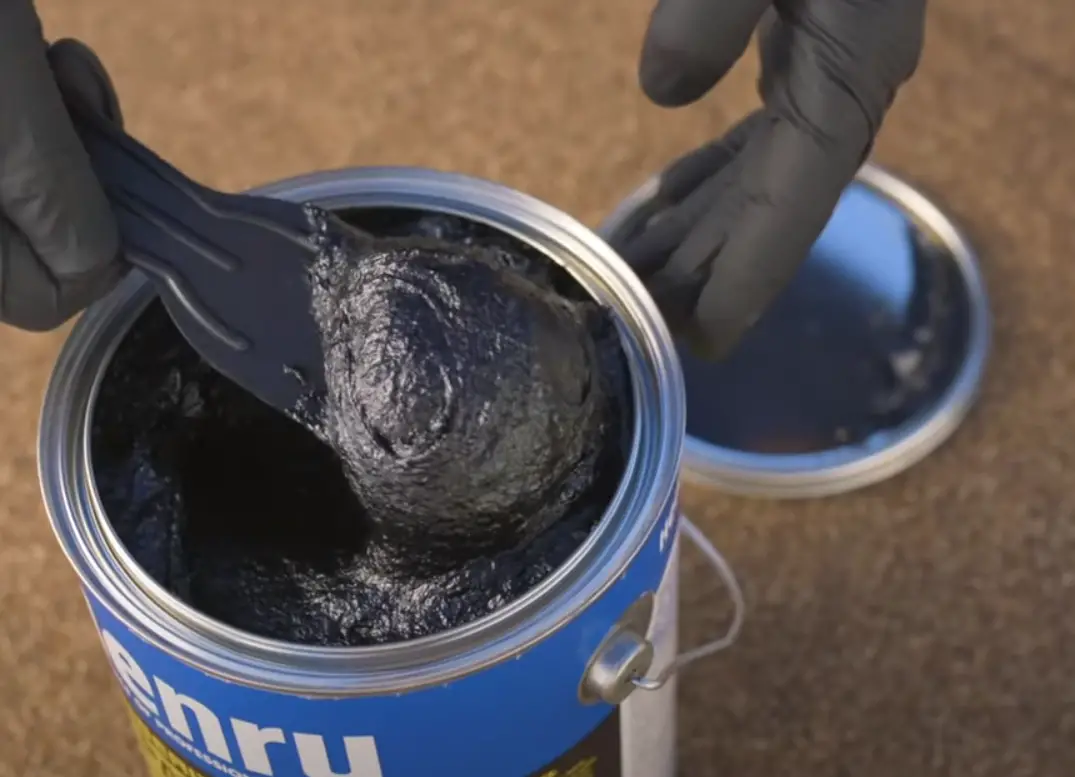Can You Install A Flat Roof In Winter?
When your roof is leaking or damaged you want to find a solution ASAP. However, in the roofing industry, weather affects how fast your roof can be done.
On sunny, warm days, your roof can be completed in a day without delays. But in the winter, you may run into more trouble with snow and below-freezing temperatures.
Rescue My Roof has been helping homeowners in the Wisconsin winter for over a decade. When it comes to winter roof replacements, we’re the industry experts.
Asphalt roofs can be installed in the winter – but flat roofs are a different story.
We’ll explain why flat roofs and winter don’t mix and what steps to take if you can’t get a roof replacement immediately.
Ultimately, even if you can’t get your flat roof repaired or fixed immediately, you’ll know the following steps to avoid further damage.
Can Flat Roofs Be Installed in Winter?
There are two common flat roofs: ones that need adhesive to stick to your roof and others that don’t.
Flat roofs that are self-adhered or require welding (RhinoBond) can be done in the winter.
TPO and EPDM roofs, two of the most common flat roofs, require adhesives and, therefore, cannot be installed in the winter.
Adhesives need warmer weather to work effectively. The materials won’t stick to your roof if it freezes or takes too long to dry.
Roofs that don’t adhere properly will last around five years instead of 20. That’s why it’s essential to have ideal weather conditions during installation.
What to Do If Your Flat Roof Can’t Be Installed?
All hope is not lost if you’re in winter and need a flat roof replacement.
Here are some options for you to consider while you wait for a roof replacement.
1. Consider all Flat Roofing Systems

While TPO and EPDM roofs are the most common, other roofing systems don’t require adhesive.
RhinoBond flat roofs and self-adhered systems are two systems to consider. Their design makes them winter friendly, so that you can get the roof replacement ASAP.
2. Seal Leaks With Roof Cement

Roofing Cement is a material similar to spackle that allows you to patch small areas.
If your roof is leaking, seal around all penetrations and seams with roofing cement. This may stop the leak in its tracks until the weather warms up.
This isn’t a permanent fix – more like a band-aid. So it’s essential to follow up with a roof inspector once the winter weather subsides.
3. Use Tarps to Protect Your Roof
If you need help determining where the leak is, use a tarp as a protective barrier over your roof.
The tarp will keep water off your roof until a roofing professional can repair or replace your roof.
Pro-tip: use weights (such as sandbags) on top of the tarps to secure them, especially if the tarp is needed for an extended period. This is a worry-free method of protecting your roof until spring.
Replacing Your Flat Roof
You may have to wait until spring for a new flat roof, but you can still start preparing.
Diving into the buying process with the base knowledge of the three flat roof options, their advantages and disadvantages, and the price point can help you decide what is best for your home.
You can learn more about flat roofs with “5 Things You Must Know About Flat Roofs” and “How Long Does A Flat Roof Last?”
If you’re in the market for a flat roof in Southeastern Wisconsin, look no further! Rescue My Roof is here to help. Contact us today to get a free estimate.


